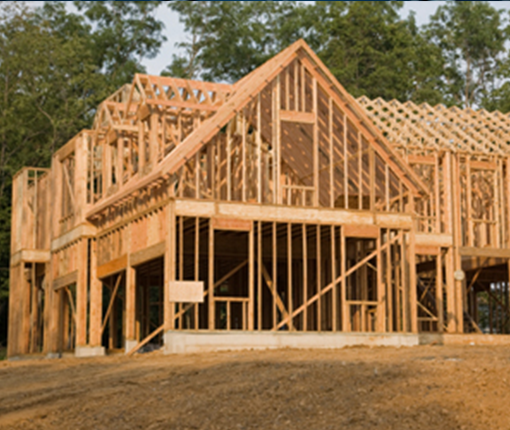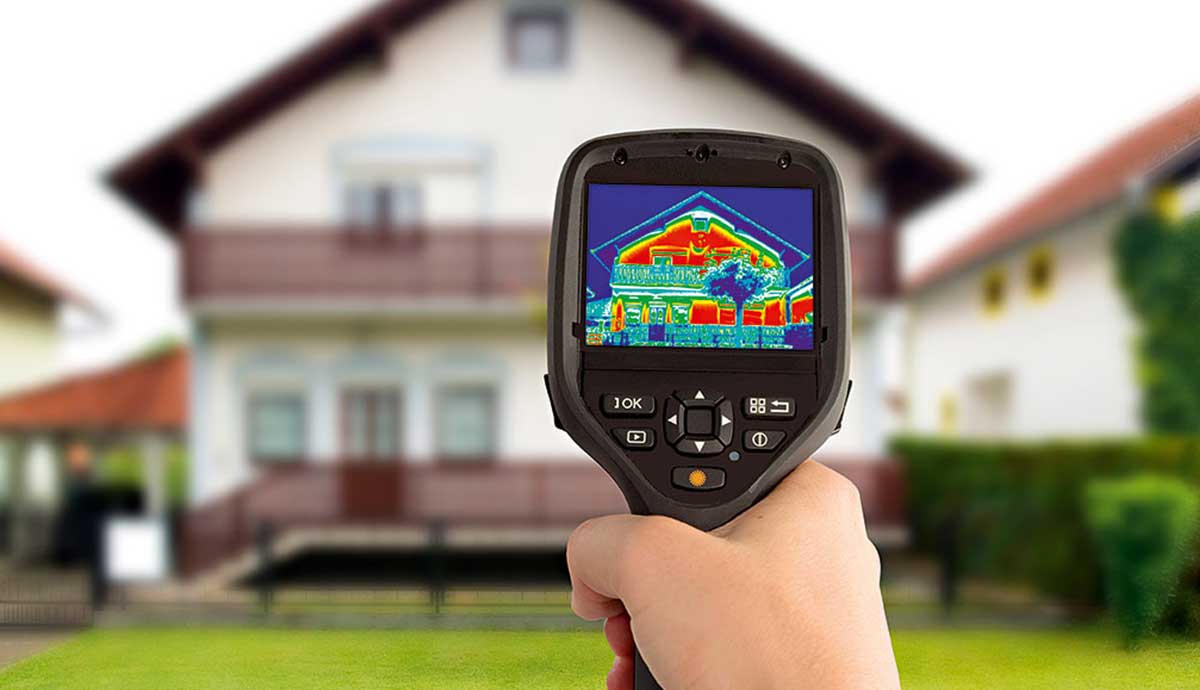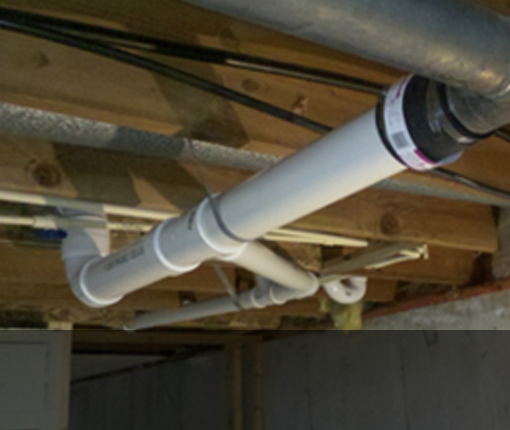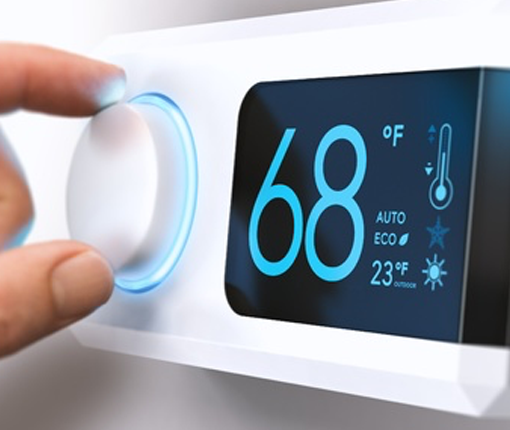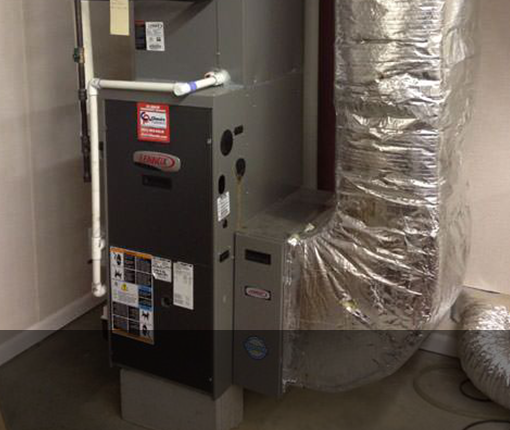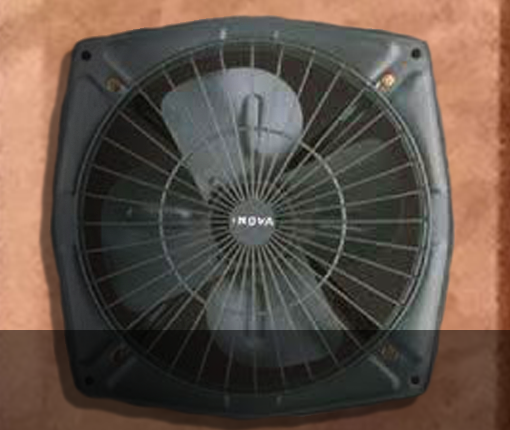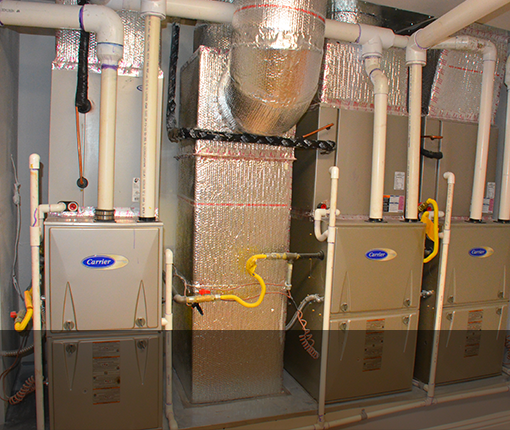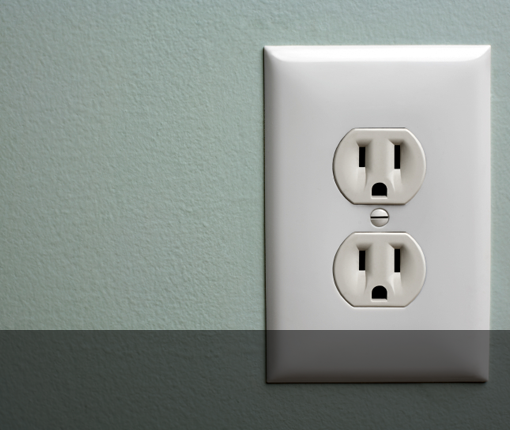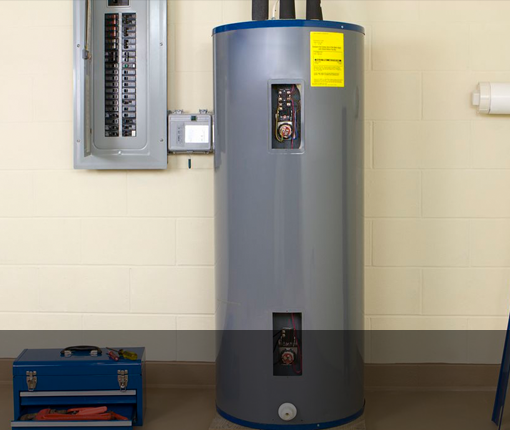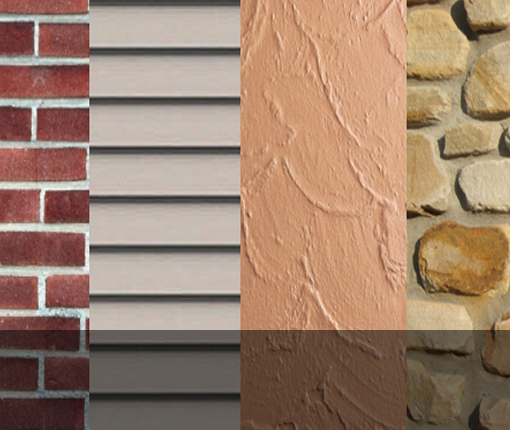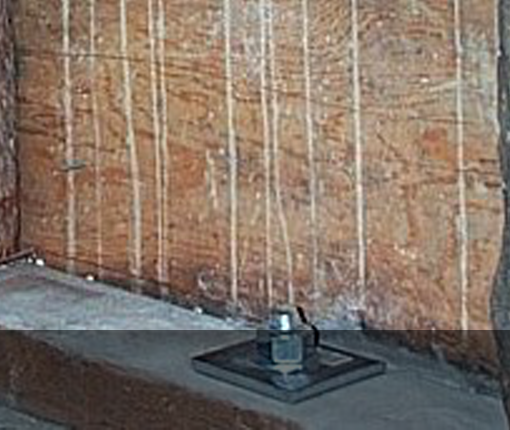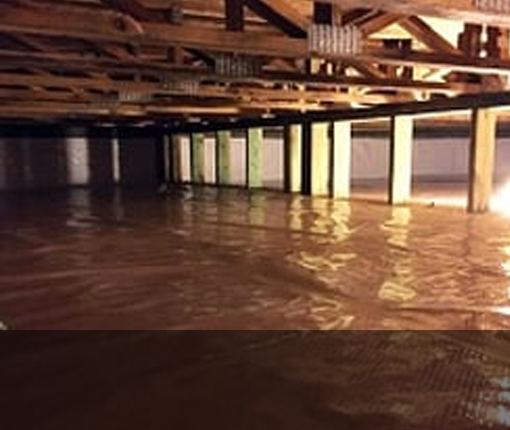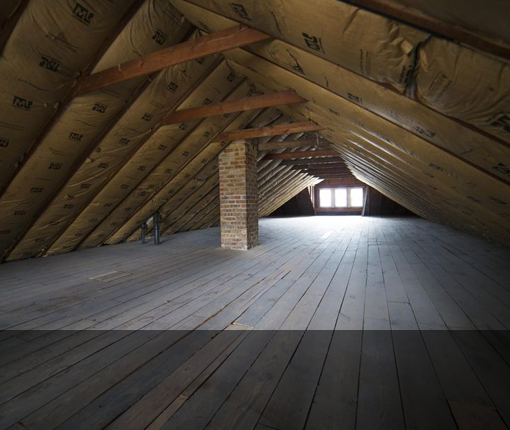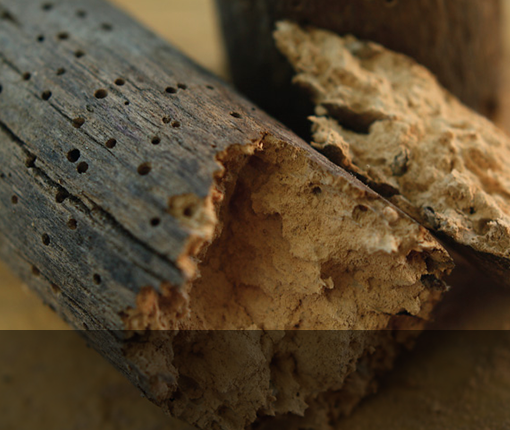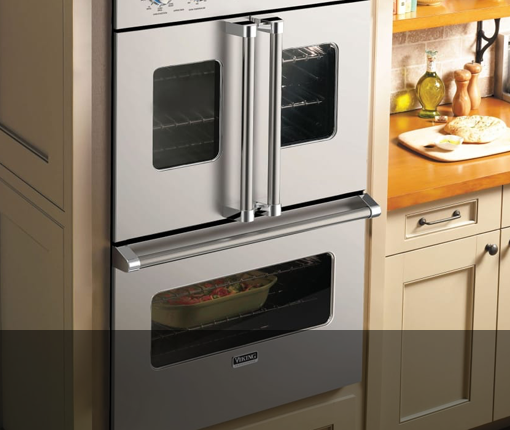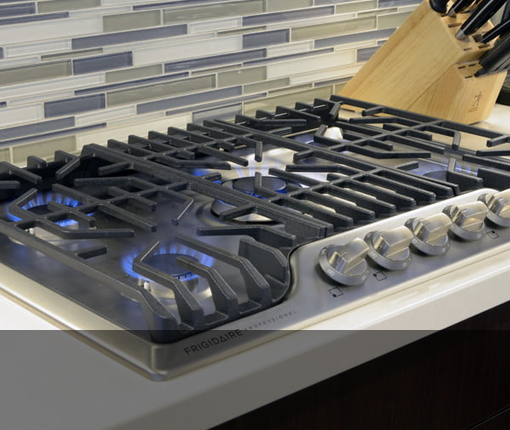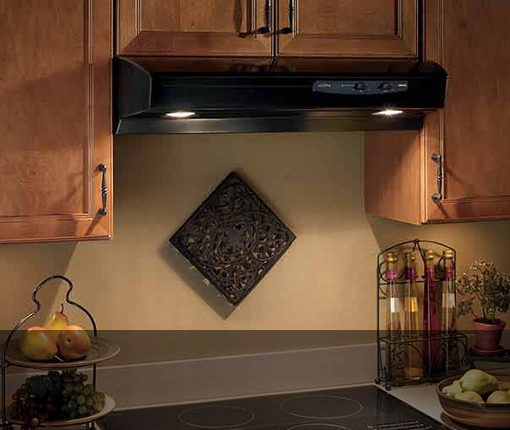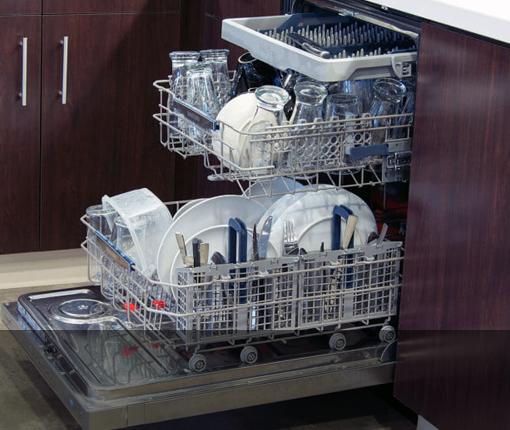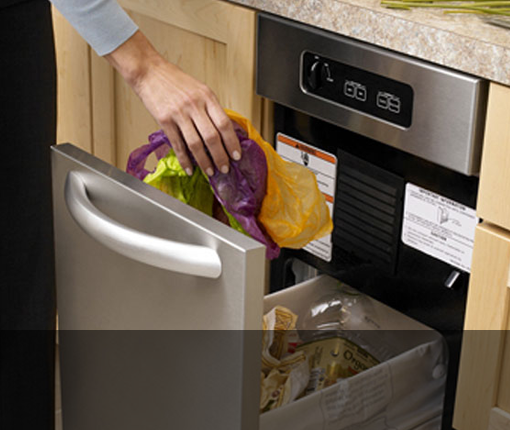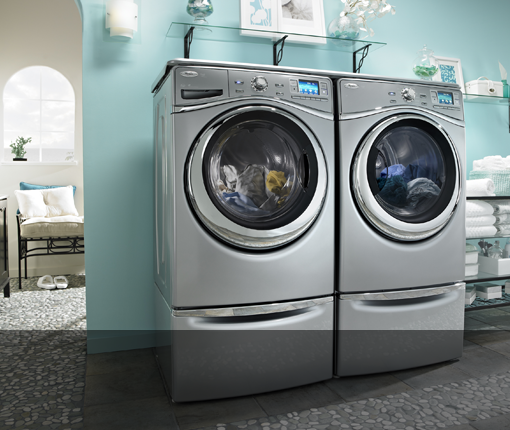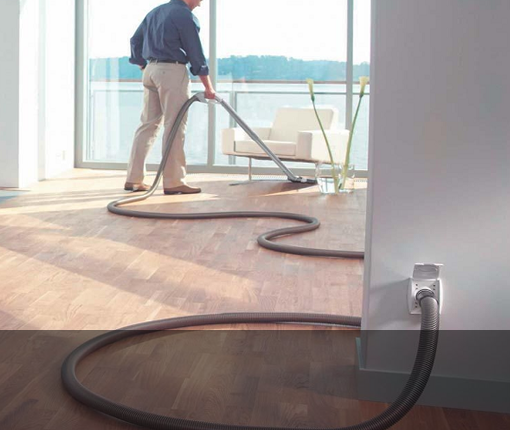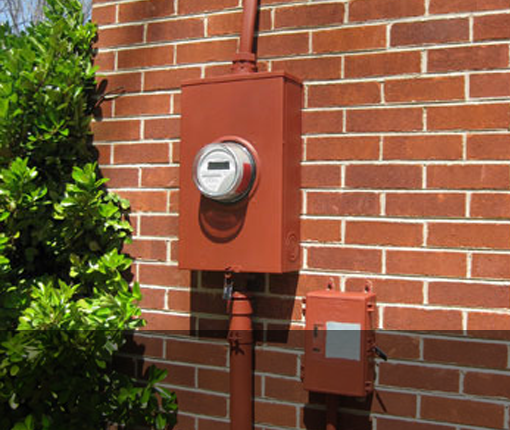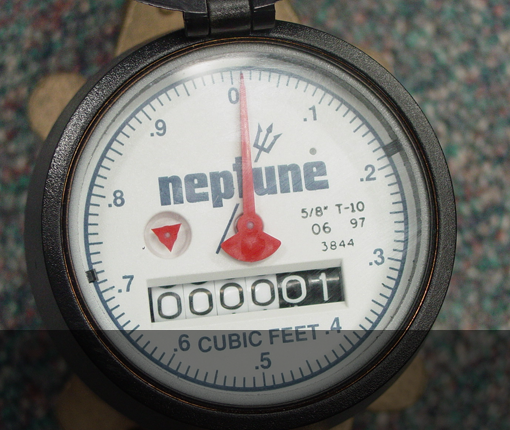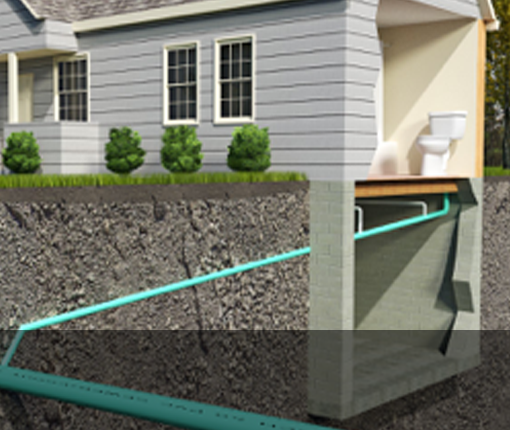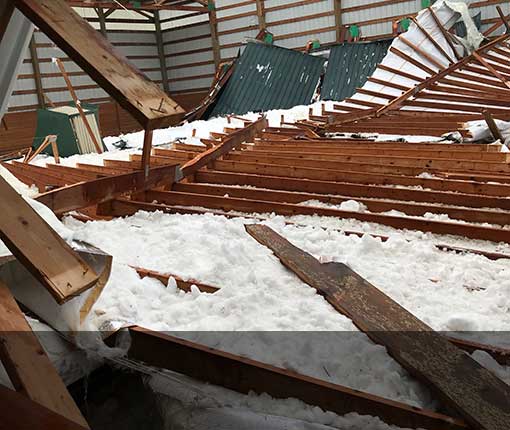Insulation and Air/Water Barriers
The elements of insulation are all about the comfort of the occupants, and they are built into the structural fabric of the home. Examples are cotton and fiberglass batts, cellulose, foams, caulking, vapor barriers, EPDM sheeting, and various waterproofing membranes. These are built into the structure and require little to no maintenance.
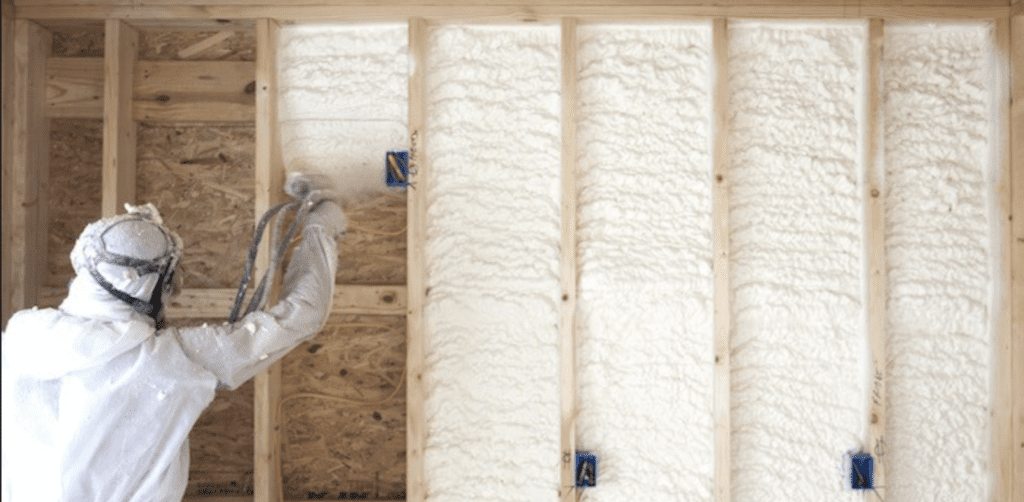
Insulation is built into the structure of your home and is there to help keep the interior temperature of your home at a comfortable level. The insulation layer does this job by preventing the outside temperatures from affecting the interior temperature. Most homeowners know this much but not too many know how insulation does this.
Thermal dynamics
To understand how insulation works it is important to know that there are three ways heat AKA thermal energy moves from place to place. Through conduction (fast moving “warm” molecules interact with slow moving or “cold” molecules and speed them up making the cold molecules warmer and vice-versa until they reach equilibrium,) convection (the natural upward or rising movement of warm air or liquid masses, through cold masses,) or radiation (energy is transferred to a material by the excitement of atoms bombarded with photons or electromagnetic waves).
Convection
I would like to dismiss convection from the discussion at this point because that is not the kind of heat movement that occurs through our walls, windows, doors, ceilings and floors. But I cannot as it does play a spoiler role that our friend insulation has to deal with. Nevertheless, for the purposes of keeping heat from traveling through our walls we need to address conduction and radiation first.
Conduction
It turns out that air is one of the best ways to stop the conduction of heat. That is great because between the interior and exterior walls of our home is a nice 3.5” air space between the framing studs. Unfortunately, if we left that air space empty, convection would begin inside the empty wall space and effectively move the heated air all around and eliminate any conduction barrier of the air if it would just stay still. What to do?
In order to keep the air from moving around from convection, we need something that will keep the air still. This is where insulation comes in. Good insulation materials trap lots of air in order to slow conduction, then prevent the air from moving around stopping convection. Great materials for insulation include fiberglass in wool or matt form, foam in rigid or spray versions and other materials that can trap and hold air and block it from moving around.
So, at this point we almost have it.
Radiation
The final troublemaker is Radiation! Radiant energy travels blissfully through space until it encounters matter. When it does, the radiant energy is transferred to the matter causing its molecules to move faster or heat up. This is the heat you feel on your skin when sunshine comes in through a window on a day where it is freezing cold outside. Once radiant heat warms up a surface, then that surface will in turn conduct heat or possibly even re-radiate it.
To stop radiation we need a different type of barrier. Turns out the best way to block radiation is to reflect it. Reflecting radiant heat is effective under certain conditions but requires that you obey very specific installation rules for instance, there must be an air space above the reflective barrier because the barrier will heat up and if it touches anything will transfer that heat to it via conduction and you will have lost the value of the barrier. For that reason, use of radiant barriers requires a good deal of research and decision making prior to installation. Radiant barriers work especially well on windows. One such treatment is Low E glass.
Insulation values
An insulation’s effectiveness at slowing the conduction of heat is called R-value. The higher the R-value the more effective it is. The R-value is also a measure of how thick the insulation material is. The higher R-values are thicker. How thick depends on the type of insulation material used. For instance, R-30 fiberglass batt insulation is about 10 inches thick. R-30 closed cell spray foam insulation is about 4.5” thick.
Types of insulation
Here are the primary types of available insulation material. Fiberglas batts or blown; cellulose blown; cotton batts or blown; open cell foam; closed cell foam.
Why I chose foam
I happen to like closed cell polyurethane spray foam insulation and have used it personally many times. It is extremely effective at reducing heat transfer and becomes an air and moisture barrier at 1.5” thick. In addition, the rigidity of the material adds some amount of strength to the structure itself, keeping framing members from twisting or deforming, similar to having solid blocking up and down the length of joists and studs… but I have no test data on that. Foam insulation provides a sealed thermal envelope that feels like a thermos.
During application, the foam fills every irregular cavity, crack and void in the framing, completely sealing the home from air, wind, dust, moisture, pollen, insects and allergens. This material seems to me to provide a quieter, draft free environment with the added benefit of no glass fibers floating around.
Summary
Designing the true insulation needs for any home is more complex than you might imagine. It requires an understanding of your living space, the airflow and air tightness of the structure, and knowing how heat moves from place to place within your living space. Homebuilding is not that precise. Instead we deal in generalities and rules of thumb to approximate the best solutions for a particular home. I hope this has been helpful. I know learning about these things was a great help for me in deciding on the insulation needs for my home.

